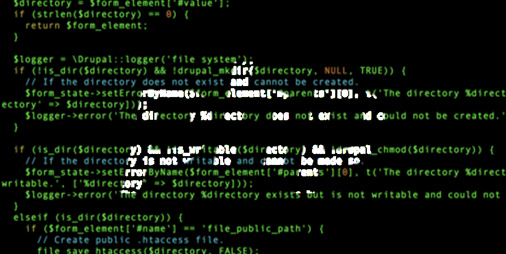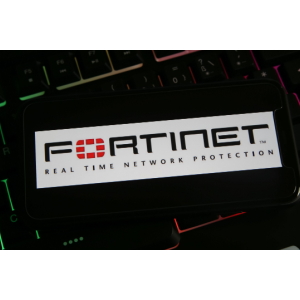The Proof of Concept (PoC) was posted to GitHub and YouTube yesterday (January 5) by Numan Türle, security engineer at Turkish infosec outfit Gais Security. The flaw has now been designated as CVE-2022-44877 with a CVSS severity rating still pending.
Today’s warning comes after BleepingComputer emailed the company before Christmas regarding reports that Chick-fil-A user accounts were being breached in credential-stuffing attacks.
The Polish government warned against a rise in cyberattacks linked to Russian threat groups. According to the government, the state-sponsored hacking group GhostWriter, active since at least 2017, is among the top attacker groups targeting the country. The threat group targets official email accounts to steal information and take control of their social media accounts […]
Threat actors have exploited Fortinet Virtual Private Network (VPN) devices to try and infect a Canadian-based college and a global investment firm with ransomware payloads.
The initial vector for these ransomware families involves what the Windows maker calls “user-assisted methods,” wherein the victim downloads and installs trojanized applications.
According to Binarly, the Qualcomm vulnerabilities have been confirmed to impact — in addition to Lenovo devices — Arm-based Microsoft Surface and the Windows Dev Kit 2023 (Project Volterra) computers, as well as Samsung products.
Active since at least 2006 and linked to the Russian government, the cyberespionage group is also tracked as Snake, Venomous Bear, Krypton, and Waterbug, and has been historically associated with the use of the ComRAT malware.
It’s no secret that rogue ads have been a particular plague on the Internet for as far back as we can remember. The FBI warning concerns fake ads impersonating the real thing and diverting potential victims off to parts unknown.
Some of the targeted banks include the likes of Banco AV Villas, Banco Caja Social, Banco de Bogotá, Banco Popular, Bancoomeva, BBVA, Colpatria, Davivienda, and TransUnion.
The Supreme Court of Ohio issued a ruling that EMOI Services shouldn’t be covered by insurance against a ransomware attack as it didn’t cause direct or physical harm to tangible components of software, as it doesn’t have any.








